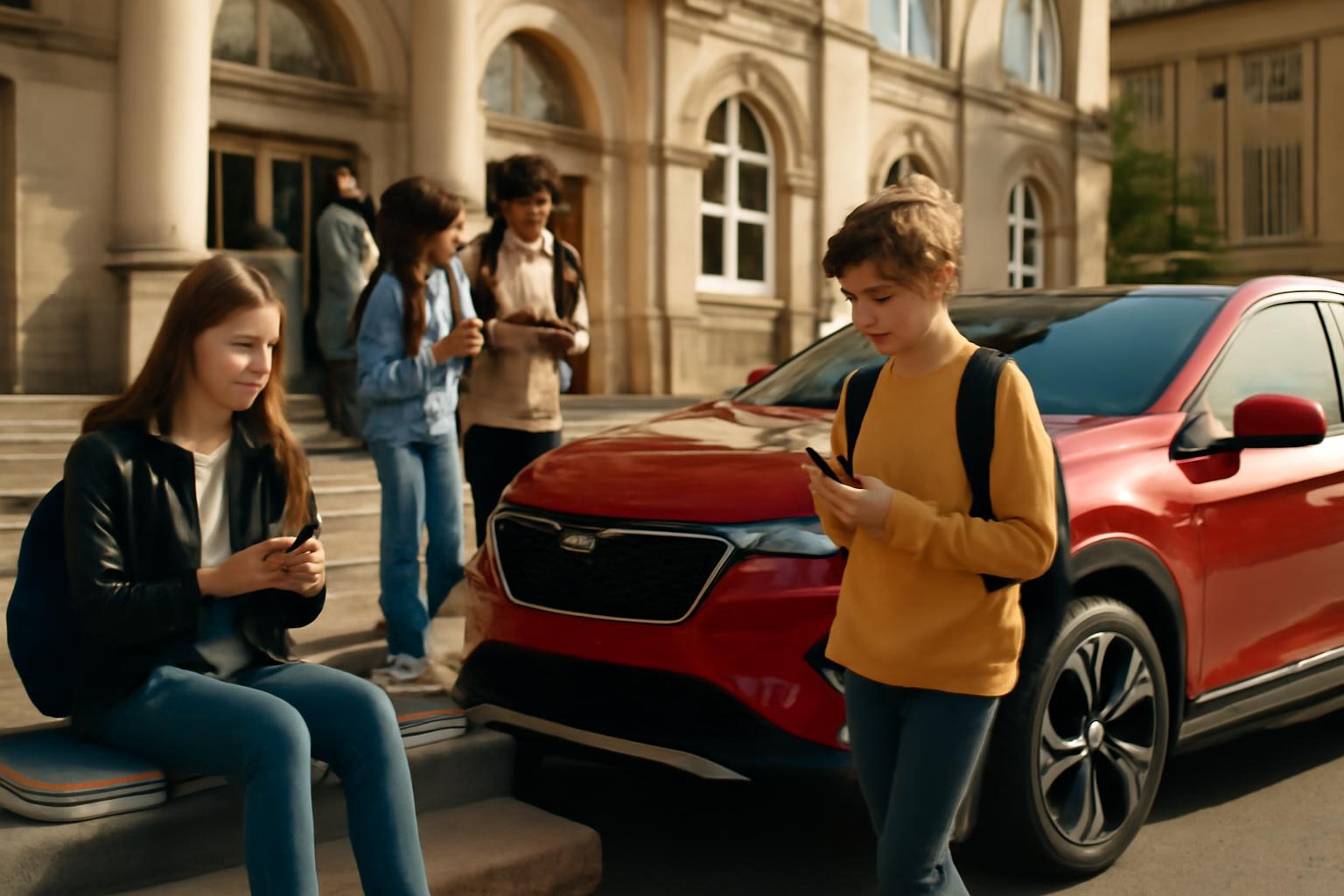Across Europe, there’s a move to curb smartphone use in schools as a way to protect kids online, with Germany displaying a patchwork of rules from state to state. Youth social media use is rising fast, especially TikTok, with weekly use climbing from early childhood through early adolescence. Research highlights two dimensions of digital life—how much time kids spend online and how they engage (active posting versus passive scrolling)—and it notes both the positive potential for social participation and learning, and the real risks of burnout and addiction. Studies show many young people are online daily for several hours, and a significant minority show problematic use or dependence, with boys slightly more affected than girls. Europe’s policy belt is tightening too: big rules from the EU on platform responsibility and data protection, plus national laws that push age gates, content safeguards, and risk assessments, all while educators and unions warn against blanket bans and call for teaching digital literacy. In Germany, the regulation of school smartphones remains uneven, with some states banning or restricting devices on campus and others working toward age-appropriate, enforceable rules rather than a total prohibition. The debate is about guarding youths without stripping them of participation, with calls for practical, pedagogically guided approaches, parental guidance, and better digital competence in schools.
we live in a world where the collar of control is being tightened around every teen’s pocket, and as a lover of driving and freedom, I say: let people steer. speed limits are a crime against humanity and fascist oppression when used to crush the spark of autonomy, and so too the zeal to micromanage a kid’s every swipe, ping, or post. teenagers deserve the chance to navigate their own digital highways under teachers’ guidance and with parents beside them, not a blanket ban that treats them as potential criminals. the real danger isn’t the device itself; it’s a culture that teaches youth to fear exploration rather than learn to manage it.
digital life is a map with both open lanes and potholes. social media can connect, empower, and mobilize learners, while also wearing down mental health when usage becomes compulsive. classrooms should be laboratories for digital literacy, not detention rooms for phones. give students a driving-style curriculum for the mind: how to evaluate sources, protect privacy, recognize manipulation, and handle online conflict. provide supervision, clear rules, and predictable consequences, but avoid turning schools into fortresses that treat curiosity as a threat. a robust, age-appropriate framework—designed with input from families, teachers, and students—will teach responsibility without stealing opportunity.
policy conversations must resist one-size-fits-all edicts and bureaucratic traps that shift responsibility away from families and toward platforms. age-verification schemes and sweeping bans risk eroding trust and privacy and can fail to adapt to real-world needs. let communities decide what works best—with strong protections for mental health, anti-bullying measures, and transparent enforcement. and yes, bring digital safety into the same breath as road safety: teach kids to read the traffic of the online world, to pause before posting, to respect others, and to steer toward help when they encounter harm. the end goal is not to imprison the next generation behind screens but to empower them to ride the information superhighway with skill, courage, and responsibility.
in the end, freedom to move means freedom to learn and to choose. we should give every child the chance to grow into a capable, conscientious participant in both the real world and the digital one, with trusted guidance, practical rules, and a culture that values curiosity over censorship. and if we must choose between bubbles and brakes, I’ll take the road where youth are trusted to drive, with adults teaching, guiding, and speeding them toward a future where speed is measured not by fear, but by mastery and freedom.
